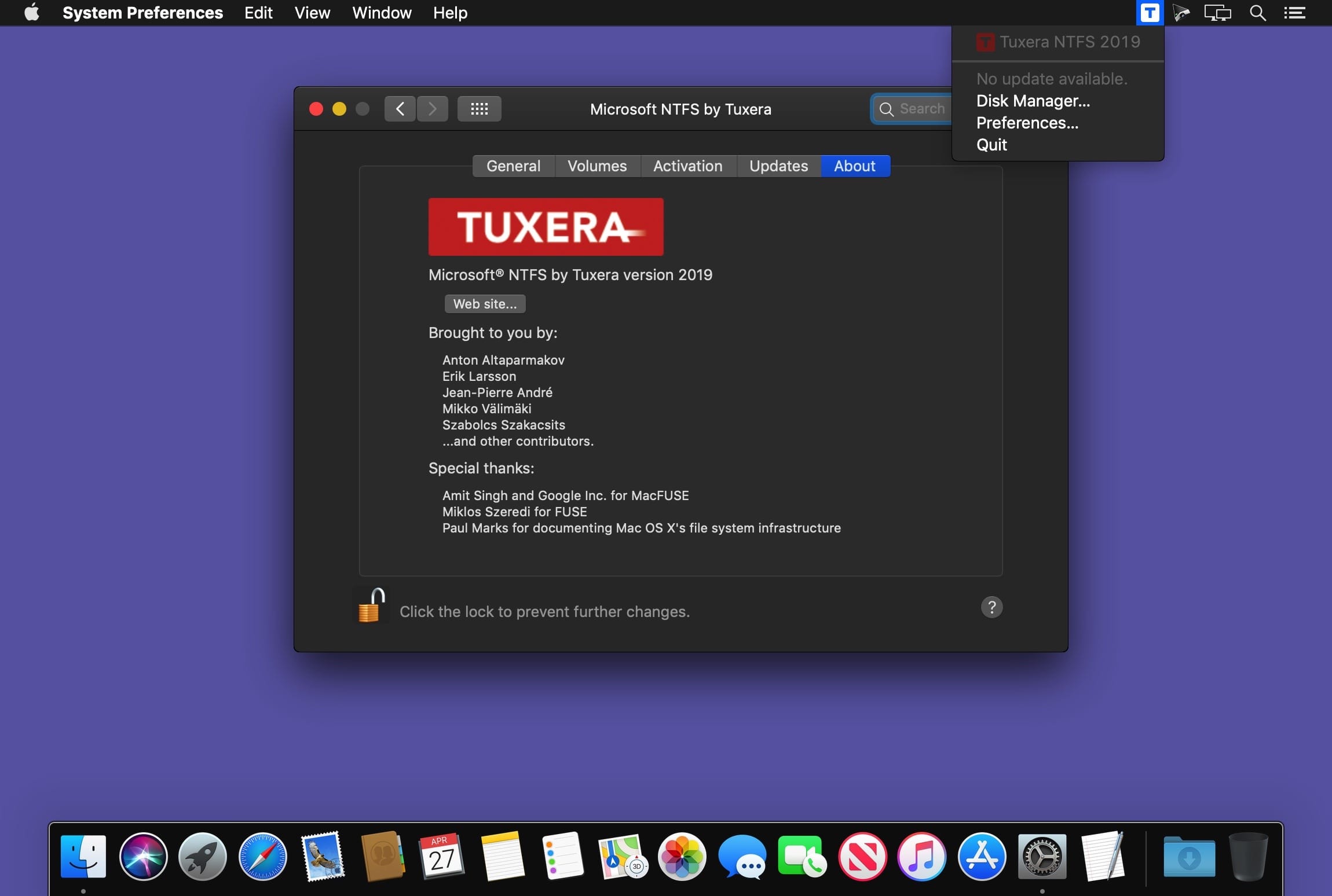

To mount your NTFS drive, you’ll need to use Terminal. So NTFS-3G is forced to write “live,” which degrades performance significantly. This happens because macOS does not have a buffer for writing to NTFS drives, nor the virtual memory to hold that buffer. Compared to the 500+ MB/s achieved by an SSD, the difference is dramatic. Transfer performance is slow, often limited to about 10 MB/s. You can download the package directly from the Tuxera website, from GitHub, or with Homebrew. With this Terminal command you can mount drives in macOS in a writable state. NTFS-3G is an open-source command-line program for writing to NTFS drives in macOS. Write support for NTFS drives can be added through open-source programs, paid programs, or Apple’s own experimental drivers. Therefore, going forward for all my NTFS needs on my Mac, Mounty is my go to solution.Your Mac can read NTFS drives, transferring content from the drives to another place, but it cannot write to NTFS drives. This nifty little utility performed beautifully. App bundle is significantly smaller at 6mb compared to 45mb for Paragon NTFS for Mac.Easy to use via the menu bar allowing me to mount the NTFS drive when needed and unmount when the job is done.Also available on Homebrew - brew install -cask mounty.If you dont see your USB disk, click View and then select Show All Devices. Step 3: Select your USB drive from the left panel of the Disk Utility window. Step 2: Open Launchpad > Other folder > Disk Utility. Is FREE (donations welcomed and website is supported by advertising. Follow the steps below to get FAT32 on your USB drive on Mac: Step 1: Connect your USB drive to your Mac system.I found Mounty and it attracted my attention because: It occurred to me that I could download a trial version of Paragon NTFS for MAC but I took this opportunity to expand my search and was rewarded. However, since this was a once-off use case, I did not particularly want to spend the money. There are many paid apps that fill this gap. As you may know, macOS cannot copy files into a NTFS hard drive. Unfortunately, the external hard drive he provided was formatted in NTFS, so I searched for a solution that did not require reformatting the hard drive. Recently, my brother-in-law provided me an external hard drive to transfer his wedding pictures and videos from my computer. I am entirely in the Apple eco-system and therefore, up until recently, I had no need to write on NTFS (proprietary file system developed by Microsoft) formatted drives.


 0 kommentar(er)
0 kommentar(er)
